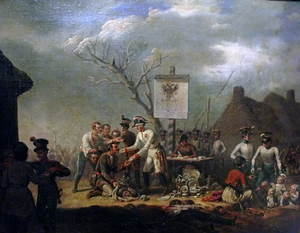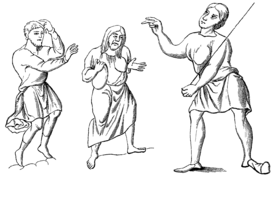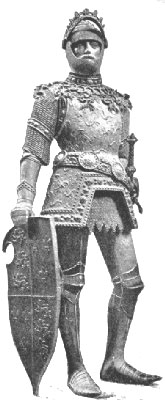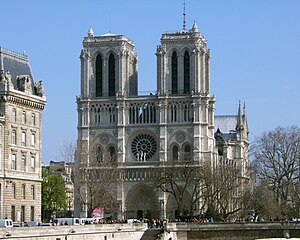 Ever since people have existed, they have been thinking about many different things. Technology has evolved because of people doing just that: thinking. People from different countries think different things; people of different social classes think different things. So what exactly is it that people think? How do different people think differently? And why? People think about ways to improve their lives, how other people act and react towards them, and what to do to solve problems they face.
Ever since people have existed, they have been thinking about many different things. Technology has evolved because of people doing just that: thinking. People from different countries think different things; people of different social classes think different things. So what exactly is it that people think? How do different people think differently? And why? People think about ways to improve their lives, how other people act and react towards them, and what to do to solve problems they face. Since the beginning of time, people have been pondering ways to improve their lives. If they hadn’t, we would not be living the way that we do now. Since the first people who invented communities, to the people who invented the most recent gadgets that we use today, such as iPods, new kinds of computer technology, and the latest cell phones, each and every one of these people had to think about what they were doing, and what they had to do to create technology. People in different social classes, however, thought differently about new inventions, because money plays a big factor. For instance, someone who had enough money to access certain expensive substances to create something new would be sure to think differently about creating something new than someone with very little money, and no access to these substances.
Even in the Middle Ages, people were thinking about new inventions. Take the invention of the printing press for example. The printing press was invented by Johannes Gutenberg, the first prototype made in 1448. Johannes thought very differently than many other inventors of his time. Gutenberg’s profession was that of a goldsmith’s, his profession had little to do with flat-out inventing. Gutenberg worked with metals, and used his experience in that field to multiply the separate types of printing presses in metal molds. It was in this way that the presses were made that allowed them to be aligned like the manuscript that Johannes was copying. (http://www.newadvent.org/cathen/07090a.htm) Gutenberg thought very differently than other inventors of his time, as he created something that made life incredibly easier, and had not been attempted successfully before. This made him one of history’s most important thinker/inventors. Without his incredible idea, who knows where we would be today.
People also like to think about other people, and how others act and react towards them. Social orders were put into place because people were concerned about the way other people were reacting, and wanted to control them. This is especially prevalent in the case of the Crusades. During the Crusades, many places were captured, and many people wanted to be in control. During the capture of Jerusalem, the Franks had to think about how to capture what they wanted, as they saw it would be difficult. Fulk of Chartres participated in this account, and tells of the plans that the leaders had to seize the city of Jerusalem.
When the Franks saw how difficult it would be to take the city, the leaders ordered scaling ladders to be made, hoping that by a brave assault it might be possible to surmount the walls by means 'of ladders and thus take the city, God helping. So the ladders were made, and on the day following the seventh, in the early morning, the leaders ordered the attack, and, with the trumpets sounding, a splendid assault was made on the city from all sides. The attack lasted till the sixth hour, but it was discovered that the city could not be entered by the use of ladders, which were few in number, and sadly we ceased the attack.
Finally, people think about how to solve problems that they face. If people did not think about how to solve problems, the world would be in a state of total disarray. Wars could still be in progress, animosity between people would still be prevalent, and peace treaties might not even exist. So, as we can see, most ideals that all people, regardless of class think about are relatively the same. However, people of different social classes think about these ideals a little differently, proving that though we think about the same things for the most part, each individual person thinks about an individually.
Web Citations:
1. "CATHOLIC ENCYCLOPEDIA: Johann Gutenberg." NEW ADVENT: Home. Web. 05 May 2010. . http://www.newadvent.org/cathen/07090a.htm
2. Raymond, Count, and His Men. "Medieval Sourcebook: Fulk of Chartres: The Capture of Jerusalem." FORDHAM.EDU. Web. 05 May 2010. .http://www.fordham.edu/halsall/source/fulk2.html






 1
1 

 4
4




